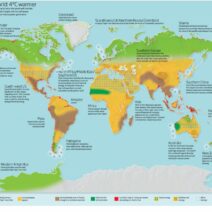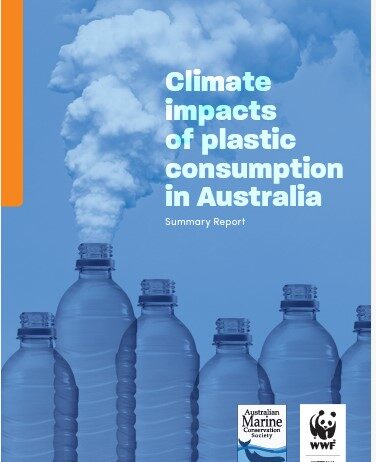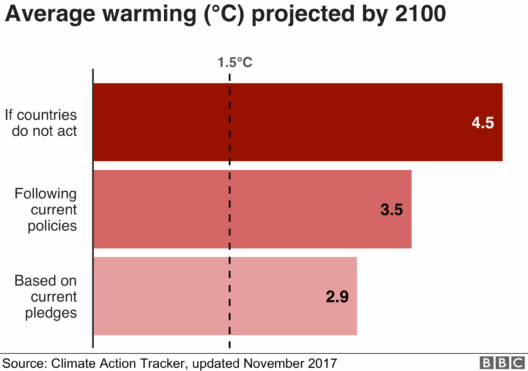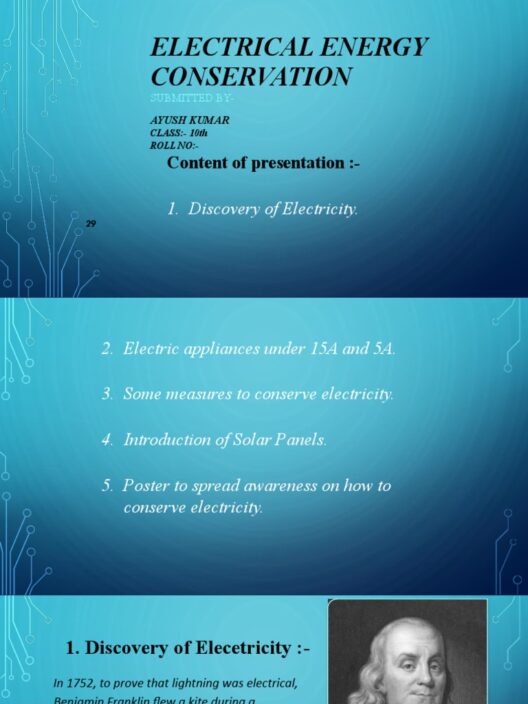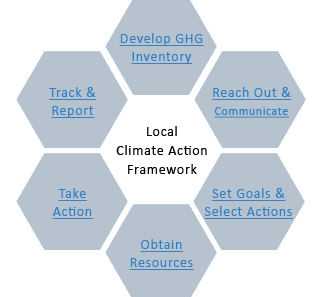The conversation surrounding climate change often conjures vivid images of carbon footprints, melting ice caps, and rising sea levels. However, nestled within this narrative lies a less discussed but equally significant culprit: nitrogen. The complexity of nitrogen compounds and their indirect effects on global warming represent not just a scientific phenomenon, but a nuanced dance with nature that calls for deeper exploration.
Nitrogen, the most abundant gas in Earth’s atmosphere, is an essential nutrient for life. Yet, when harnessed in excess through industrial practices, it morphs into a potent player in the climate change theater. This transformation can be likened to a wolf in sheep’s clothing; while its presence is vital, its excess presents dangers that resonate beyond the immediate ecological realm.
The primary sources of nitrogen emissions originate from agriculture—specifically, fertilizers that are laden with nitrogen compounds. Once applied to crops, these fertilizers may be absorbed by plants, but a significant proportion is also released into the environment. This excess nitrogen finds its way into waterways, creating nutrient-rich conditions that promote algal blooms. As these blooms proliferate, they create a façade of lush life. However, the aftermath is a lethal depletion of oxygen in these aquatic environments, leading to a cascade of negative effects on marine ecosystems. These “dead zones” represent the perfidious consequences of nitrogen mismanagement.
Additionally, the utilization of fossil fuels contributes considerably to the nitrogen narrative. Combustion processes—fueling vehicles, industries, and power plants—release nitrogen oxides (NOx) into the atmosphere. Here, they interact with other constituents of smog and particulate matter, complicating the already multifaceted fabric of climate change. Rather than standing alone, these nitrogen oxides act as precursors to another greenhouse gas: ozone. The tropospheric ozone layer, while sitting at approximately ten miles above Earth, absorbs solar radiation and traps heat, exacerbating global warming.
In this intricate web, nitrogen is both a player and a catalyst—a paradox that illuminates its double-edged sword nature. Similar to how a benign-looking ingredient in a recipe can, when used excessively, lead to culinary disasters, nitrogen’s benign role in agriculture becomes perilous without responsible management. This draws attention to how interconnected our environmental systems are. It emphasizes the necessary balance between agricultural productivity and ecological integrity, urging us to reevaluate our methods of engagement with the environment.
One of the critical aspects to consider is the phenomenon of nitrous oxide (N2O). This nitrogen compound, often overlooked, is a heavyweight among greenhouse gases. With a global warming potential approximately 298 times greater than carbon dioxide over a century, N2O is a testament to the potency of nitrogen emissions. Its prevalence stems largely from agricultural practices, particularly the overapplication of nitrogen-based fertilizers. When nitrogen is applied in amounts that exceed the plants’ ability to utilize it, the excess doesn’t simply vanish; instead, it undergoes processes that release N2O into the atmosphere. This process, akin to a smoldering ember igniting a latent wildfire, can exacerbate the broader implications of climate change, leading to a stark rise in global temperatures.
Beyond agriculture, nitrogen also presents challenges in urban settings and waste management. Landfills emit ammonia and other nitrogen compounds, further contributing to atmospheric pollution. Nitrogen interactions within ecosystems can create feedback loops; for instance, nitrogen deposition alters plant community compositions, leading to reduced biodiversity. This erosion of ecological resilience can diminish nature’s ability to sequester carbon, further compounding global warming’s impacts.
Thus, the conversation must evolve. Traditional views on greenhouse gas emissions often prioritize carbon outputs, yet a comprehensive understanding of climate change necessitates consideration of nitrogen’s role. Cultivating awareness around nitrogen’s implications not only sheds light on an often-hidden actor but also paves the way for innovative mitigation strategies. Implementing practices such as precision agriculture, which carefully applies fertilizers based on soil requirements, is an essential step. In this regard, technology plays a crucial role, offering precise methodologies to assess and apply nitrogen effectively, thus averting excess emissions.
Public policy must also shift to acknowledge and address nitrogen emissions. Regulatory frameworks that incentivize sustainable agricultural practices, alongside research into alternative fertilizers, can mitigate the deleterious effects of nitrogen. Approaches such as intercropping or the cultivation of nitrogen-fixing plants could herald a more sustainable agricultural paradigm wherein natural nitrogen cycles restore balance to ecosystems.
In summary, the nitrogen nuance presents a unique challenge within the broader discourse on climate change. It embodies the intricate balance we exploit in pursuit of agricultural success while posing severe threats to our environment and climate stability. As the world forges ahead in hydra-headed responses to climate change, recognizing and addressing the nutrient dynamics of nitrogen becomes paramount. This duality offers an opportunity—one that encourages innovative thinking, sustainable practices, and fosters a renewed commitment to stewardship of our planet.
As we extend our understanding of how nitrogen fuels climate change, we arm ourselves with the knowledge to foster change. It is a journey that underscores our interconnectedness with the environment, urging a collective reckoning with the intricacies of our actions. In this way, we might stave off a future where nitrogen’s insidious role becomes an insurmountable burden on our ecosystems and climate.

